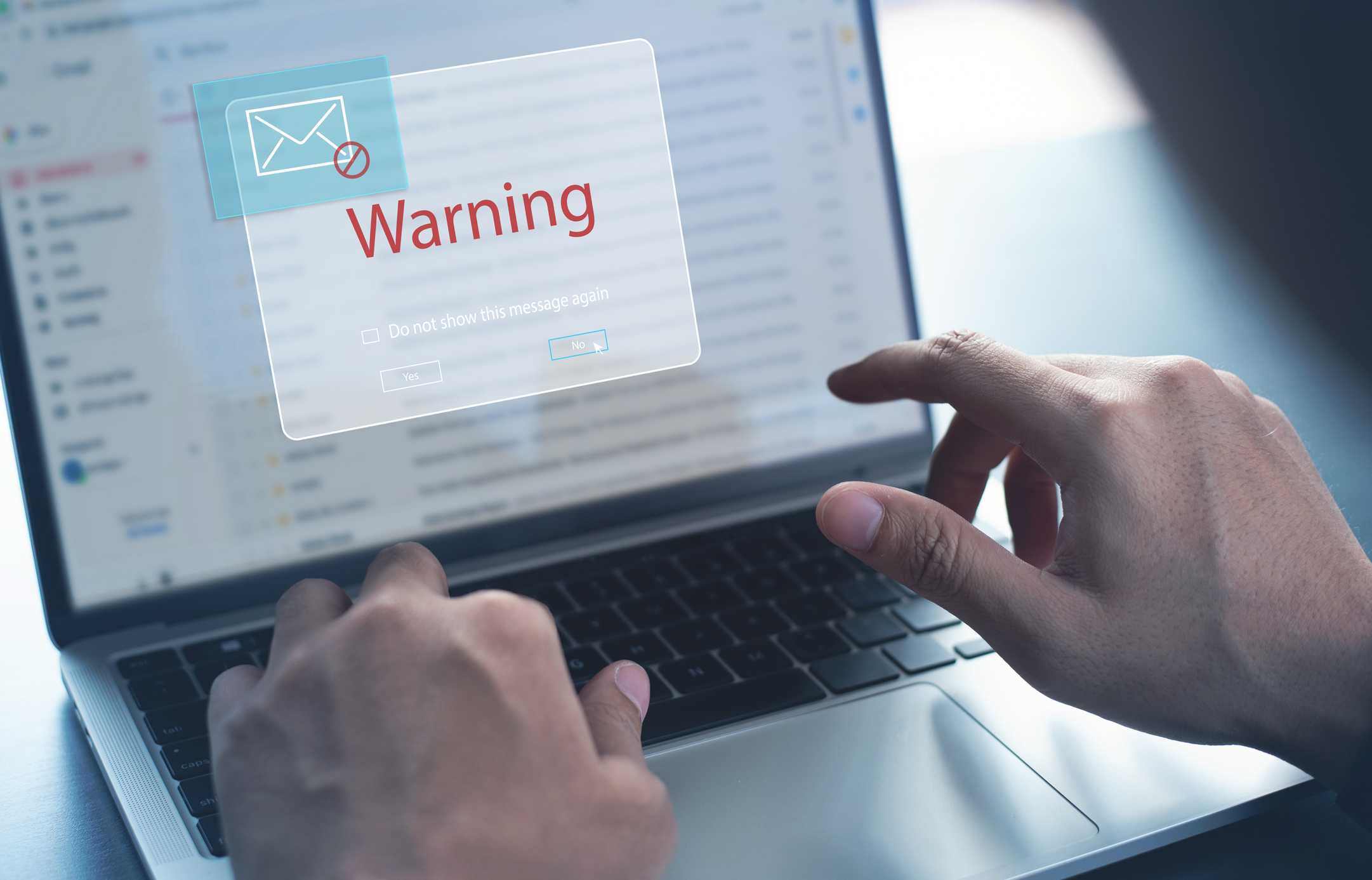Are Your Employees the Weak Link in Your Email Security?

 By
Jason Miller
·
3 minute read
By
Jason Miller
·
3 minute read
Are Your Employees the Weak Link in Your Email Security?
When it comes to protecting your organization from email-based threats, even the most advanced technology can fall short if your team isn’t prepared. While firewalls, encryption, and AI-based filters are essential, human error remains one of the leading causes of data breaches. That’s why employee email security is a critical area that businesses can no longer afford to overlook. If your staff isn’t trained to recognize and respond to email threats, your entire cybersecurity strategy is at risk.
The Human Factor in Email-Based Attacks
Cybercriminals often bypass technical defenses and go straight to the inbox—targeting employees with convincing phishing emails, fraudulent attachments, and social engineering tactics. These attacks succeed not because of software vulnerabilities, but because they exploit human psychology. Whether it’s curiosity, urgency, or lack of awareness, employees often unknowingly open the door to serious security incidents.
Did You Know?
Did you know that over 90% of successful cyberattacks begin with a phishing email—and that most of these are opened by employees within the first five minutes?
How Employees Unintentionally Compromise Email Security
1. Falling for Phishing Emails
Phishing messages are becoming more realistic and harder to detect. Employees may unknowingly click malicious links or provide login credentials to fake portals designed to mimic trusted platforms.
2. Mishandling Attachments
Malware-laced attachments disguised as invoices, resumes, or internal documents can compromise systems instantly when opened by unsuspecting employees.
3. Using Weak or Reused Passwords
Employees who reuse passwords or use weak credentials make it easier for attackers to gain access to email accounts, often without triggering security alerts.
4. Ignoring Email Authentication Warnings
Some employees overlook system warnings about unverified senders or spoofed email addresses, treating them as harmless notifications instead of red flags.
5. Sending Sensitive Information via Email
Without clear guidelines, employees may send confidential data like financial records or customer information through unsecured channels, risking exposure.
Strengthening Employee Email Security: What You Can Do
1. Conduct Regular Security Awareness Training
Employees should be trained to spot phishing attempts, verify senders, and report suspicious messages. Use real-world examples and simulations to reinforce learning.
2. Enforce Multi-Factor Authentication (MFA)
MFA adds a crucial layer of protection by requiring users to verify their identity beyond just a password—making it harder for attackers to gain unauthorized access.
3. Implement Email Encryption Policies
Ensure that sensitive information is encrypted when sent via email. This protects data from interception and maintains confidentiality.
4. Use AI-Based Email Filters
Deploy advanced email security platforms that detect phishing attempts, malware, and spoofed domains before they reach employee inboxes.
5. Create a Culture of Security
Encourage employees to speak up when they encounter suspicious messages. Make it easy to report threats and reward proactive behavior that helps protect the organization.
Monitoring and Measuring Progress
1. Track Phishing Simulation Results
Run internal phishing tests and monitor which employees fall for traps. Use the results to tailor training and support where it’s most needed.
2. Monitor Email Activity
Use security tools to identify unusual login locations, high-risk file transfers, and bulk email activity—signs that an account may be compromised.
3. Conduct Access Reviews
Regularly review which employees have access to sensitive email groups, external communication permissions, or high-value contact lists.
How BitLyft AIR® Helps Strengthen Employee Email Security
BitLyft AIR® combines AI-powered threat detection, real-time email filtering, and behavioral analytics to protect against employee-targeted attacks. It works alongside training programs to automate detection and reduce human error. See how it can elevate your organization’s defenses at BitLyft AIR® Managed Detection and Response.
FAQs
Why are employees considered the weakest link in email security?
Because many attacks rely on human actions—clicking links, downloading attachments, or entering credentials—rather than exploiting software vulnerabilities.
How often should phishing training be conducted?
At least twice a year, with monthly simulations to test awareness and reinforce safe email habits.
What’s the best way to get employees to report suspicious emails?
Make reporting simple and anonymous if needed. Recognize employees who report threats to build a culture of security awareness.
Can AI fully protect against human error in email security?
AI greatly reduces risk by filtering threats before they reach users, but human awareness and training are still essential for a strong defense.
How does BitLyft AIR® protect employee inboxes?
BitLyft AIR® uses AI to analyze message patterns, detect phishing, and alert security teams to unusual activity—minimizing the chance of a successful attack.